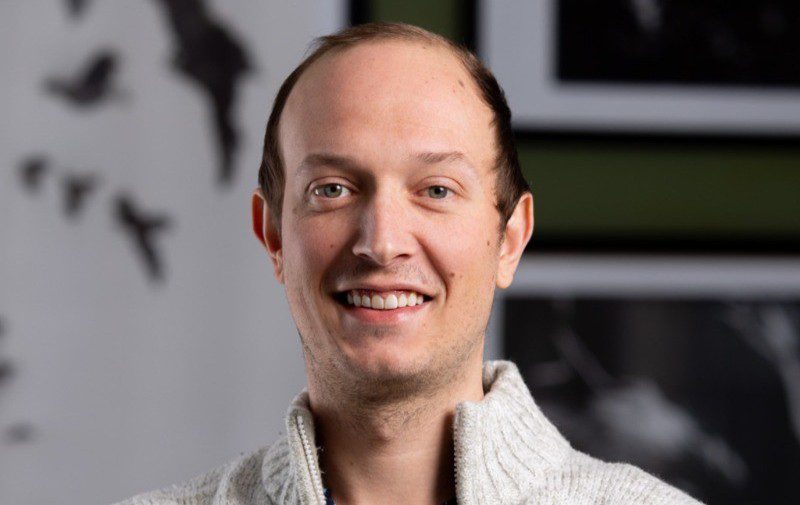Freelance to F1: Travis Baxter Guest Speaker Session

From Mercedes F1 to Monster Energy, Travis Baxter’s work as editor of Influence Sports & Media reaches some of the organisations that our students aspire to be a part of, as well as millions of viewers around the world.
In a recent webinar, we interviewed Travis about his career and day-to-day work, which has involved the likes of Mercedes F1, the Dakar Rally, Monster Energy, NFL, and AFTV.
Influence Sports & Media is an agency of 2,000-3,000 staff based in London and New York, providing services including content creation and production, Travis’s area of expertise.
Having studied Creative Branding at an undergraduate level in South Africa, Travis majored in Motion Graphics, which kickstarted his 10+ year career in the industry.
Since then, he has progressed from content creator to senior editor at the company. His education played a key role in gaining this experience, helping him develop skills such as using editing software like Adobe Premiere Pro.
Before joining Influence, Travis worked as a freelancer, which he believes taught him the importance of taking the initiative when it comes to building your skillset.
“Being a freelancer, you’re bound by what you can learn and teach yourself”, he said. This insight resonated with GIS media students, as the production sector has traditionally employed a high proportion of freelancers. In 2019, 54% of those working in film and video production were self-employed, compared to the UK average of 18%.
Now preferring his role within a large company, Travis has led several large-scale initiatives. One standout project was a farewell video that Mercedes F1, his main client, commissioned for Lewis Hamilton. Amassing over 30 million views across all platforms, the project was assigned to Travis’s team just a month before its deadline. “The turnaround was tight and the brief was vague,” he explained.
Working with major companies, Travis noted that the amount of creative control he has can vary. He prefers shaping the brief himself, rather than following strict guidelines.
“I’m trying to be more involved in coming up with the briefs ourselves rather than being given one, but in the industry it won’t always be your ideas, it might just be what the client gives you.”
Even under pressure, Travis finds ways to create work he’s proud of. Producing 50–60 videos per month, his team covers 11 different formats, from YouTube content to videos optimised for Instagram and WhatsApp, often on a 48-hour turnaround.
Reflecting on his creative mindset, Travis said, “I think of myself as an artist”, but added that his end goal is to “bring light and happiness” rather than seek recognition.
When it comes to content performance, he has found that videos featuring people on camera tend to perform better, particularly when they are “emotive and nostalgic.”
During the Q&A section of the session, where students can engage directly with our guest speakers, Travis was asked about the growing demand for content driven by women in the industry. “At the moment, Susie Wolff is a huge help, and it’s very much a growing market,” he said.
While he holds his team to high standards, Travis also emphasised the importance of being proud of your work. He concluded, “Not every project can be the best. At the end of the day, it’s your job, and I’m pushing our 50–60 videos a month, so you do have to hang onto the cool ones that you’re extra proud of.”
Understanding how different types of content can be marketed to different audiences is a vital skill in Travis’s world, and it’s one we teach at GIS through our master’s degrees. To find out more about our MSc Sports Marketing & Media, click here, or to discover any of our exciting upcoming events, click here!
Article by Zakaria Anani
Our Partners
















